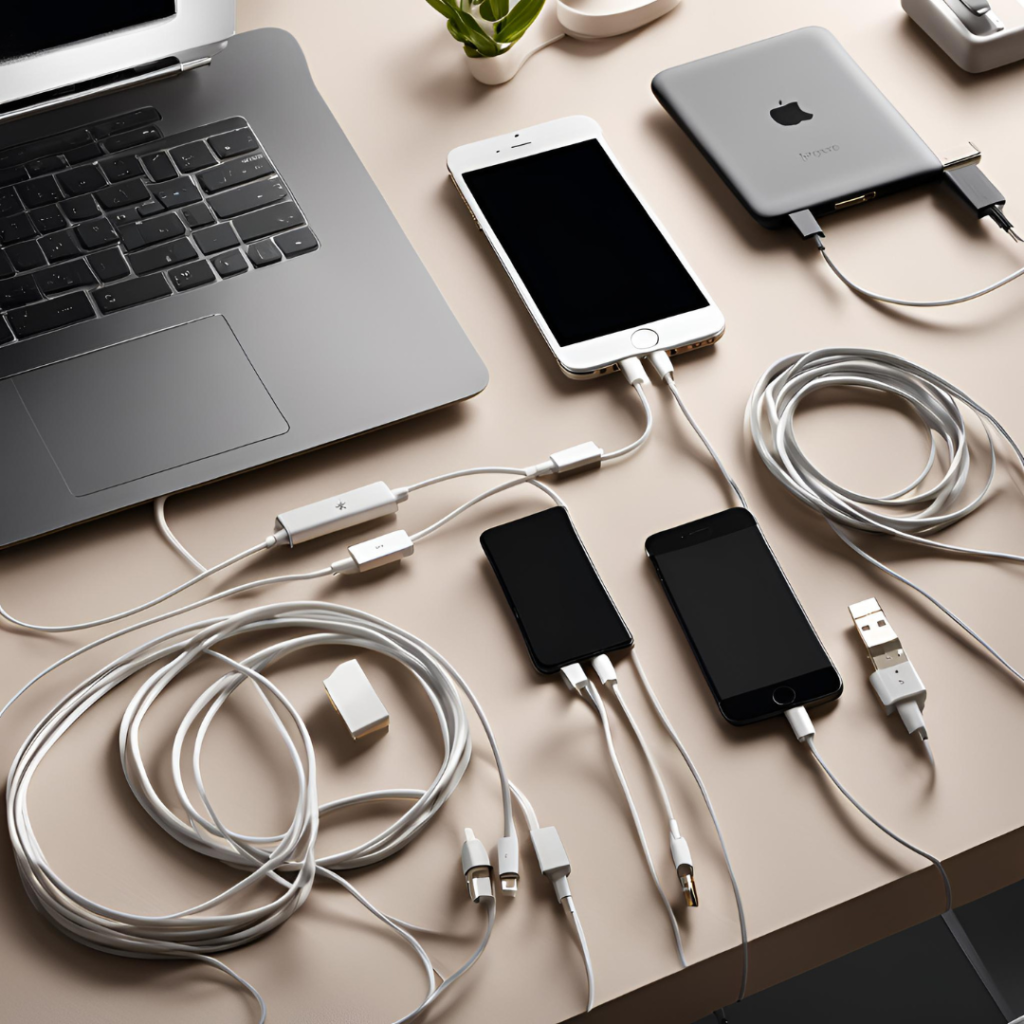
In the dynamic world of technology, where advancements occur at a breakneck pace, one critical accessory often doesn’t get the attention it deserves: the iPhone cable. While the iPhone itself has undergone significant changes, the latest iPhone charging cables have evolved just as dramatically. Today, the latest iPhone charging cables are not merely about facilitating charging and data transfer; they are crucial in bridging the gap between cutting-edge technology and everyday convenience. This blog delves into how the latest iPhone charging cables are reshaping our tech experiences, enhancing efficiency, and integrating seamlessly into our lives. By understanding the innovations behind the latest iPhone charging cables, we can appreciate how these small yet essential accessories play a significant role in our daily routines.
The Evolution of iPhone Cables
The Early Days: The 30-Pin Connector
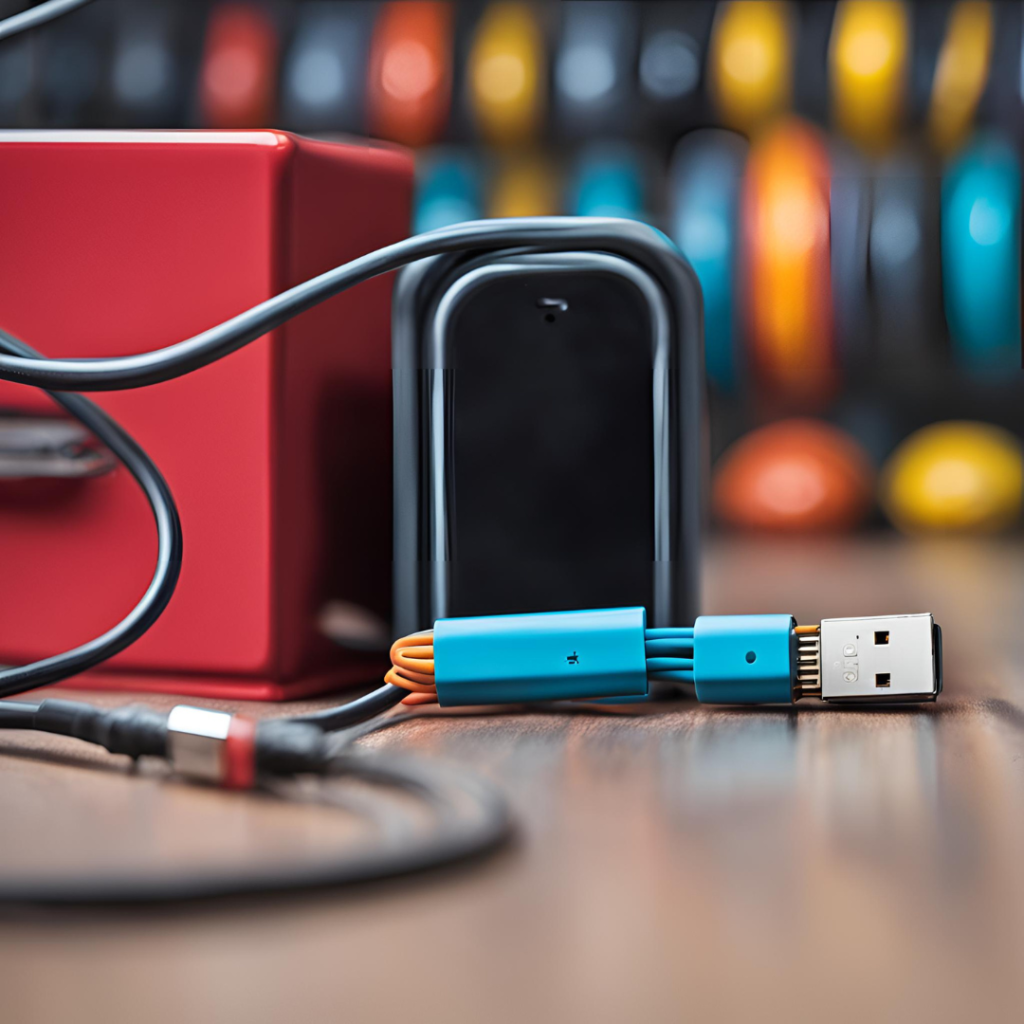
When the iPhone was first introduced, it came with a 30-pin connector. This design, while revolutionary at the time, had its limitations. The large connector was bulky and not particularly user-friendly. Nonetheless, it served its purpose by allowing users to charge their devices and sync them with their computers. The 30-pin connector was a significant step forward from the connectors used in earlier mobile devices, but it was just the beginning of a much larger evolution in connectivity.
The Introduction of Lightning
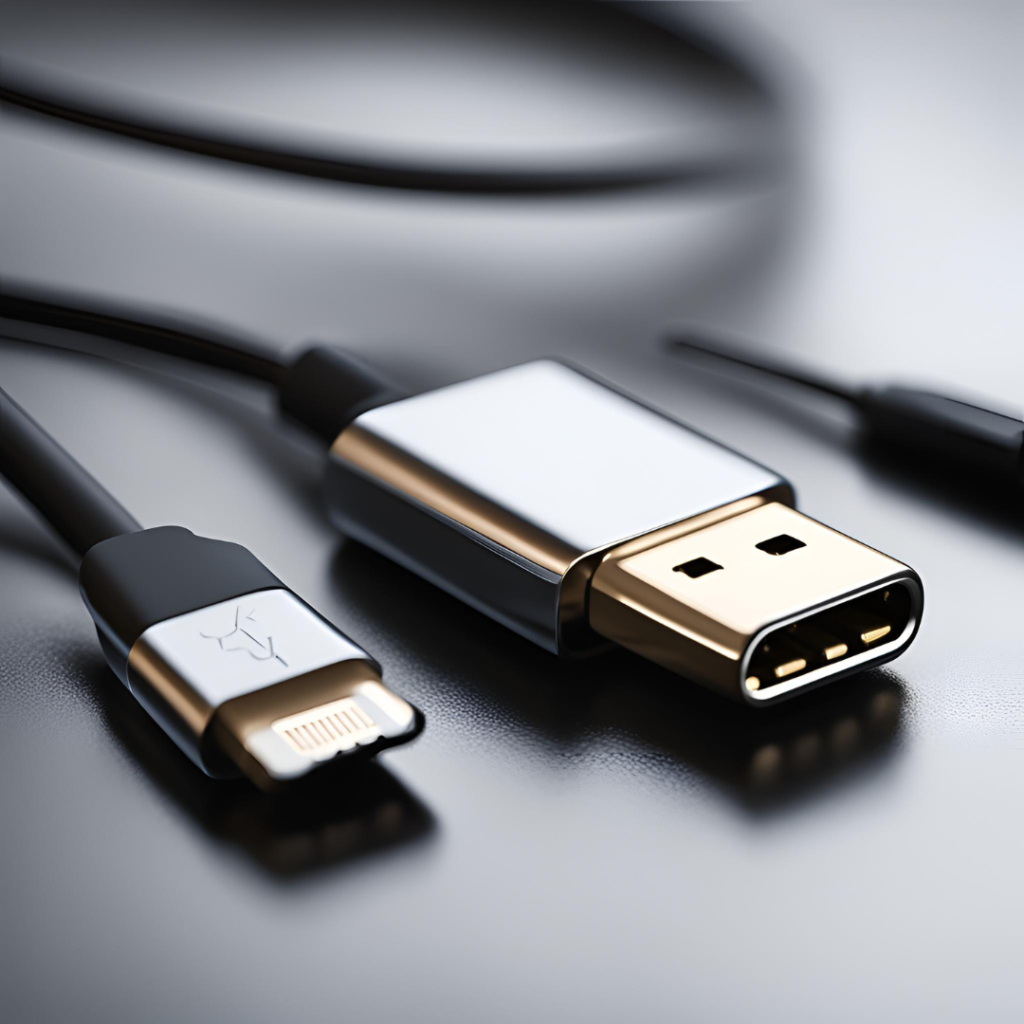
In 2012, Apple introduced the Lightning connector, a game-changer in the world of iPhone accessories. The Lightning cable was smaller, more durable, and featured a reversible design, meaning it could be plugged in either way. This was a notable improvement over the 30-pin connector, which could only be inserted one way. The Lightning cable’s design also contributed to its longevity, as it was more resistant to wear and tear compared to its predecessor.
The transition to Lightning was not just a change in form but also in function. The new connector supported faster data transfer rates and charging speeds, reflecting Apple’s commitment to improving user convenience and technological efficiency. This shift marked a significant step towards making iPhone accessories more versatile and user-friendly.
The Move to USB-C
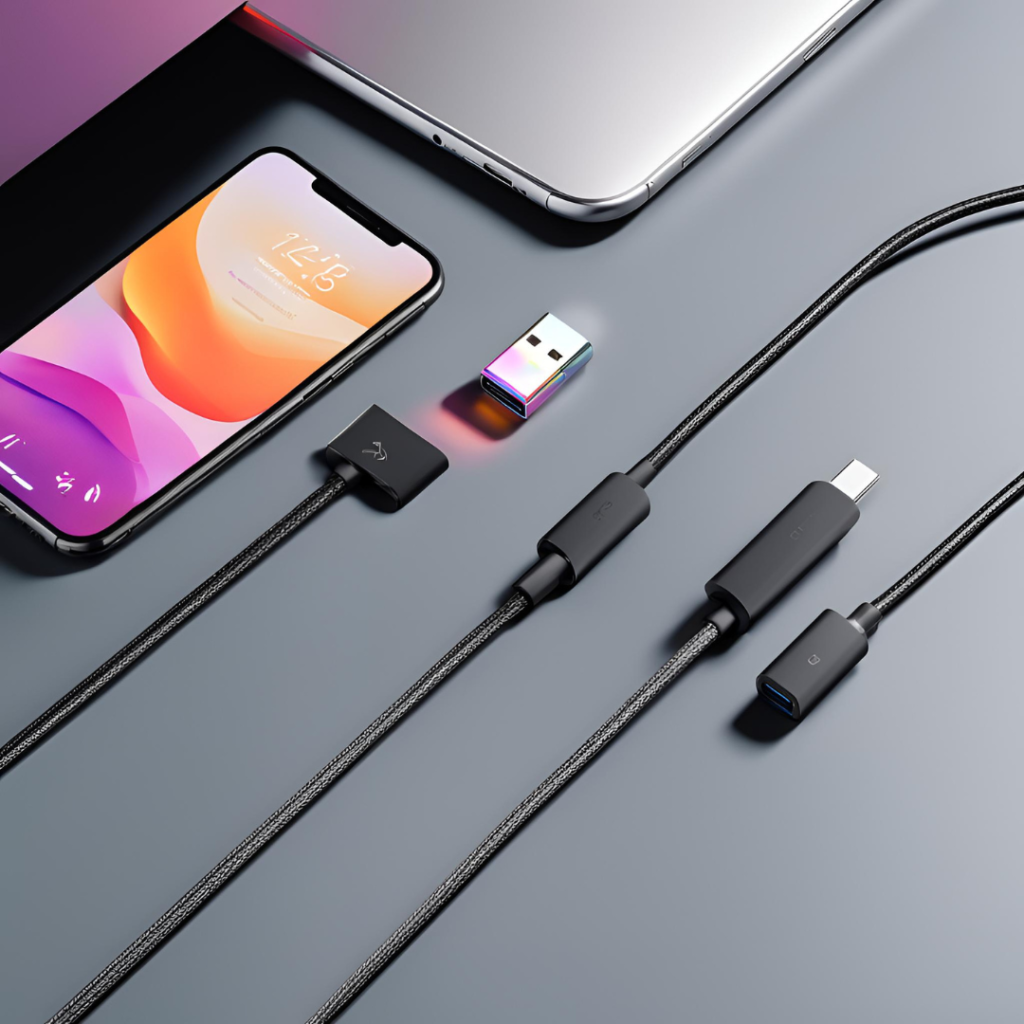
The introduction of USB-C technology represents the latest major advancement in iPhone cables. Starting with the iPhone 15 series, Apple adopted USB-C, aligning with a broader industry trend towards standardization. USB-C offers several advantages over Lightning, including faster charging speeds, higher data transfer rates, and greater universal compatibility.
USB-C is a versatile connector used across various devices, including laptops, tablets, and other smartphones. This universality reduces the need for multiple cables and adapters, simplifying users’ tech ecosystems. With USB-C, users can now connect their iPhones to a wider range of devices and accessories without needing different cables for each one.
Key Features of New iPhone Cables
Faster Charging
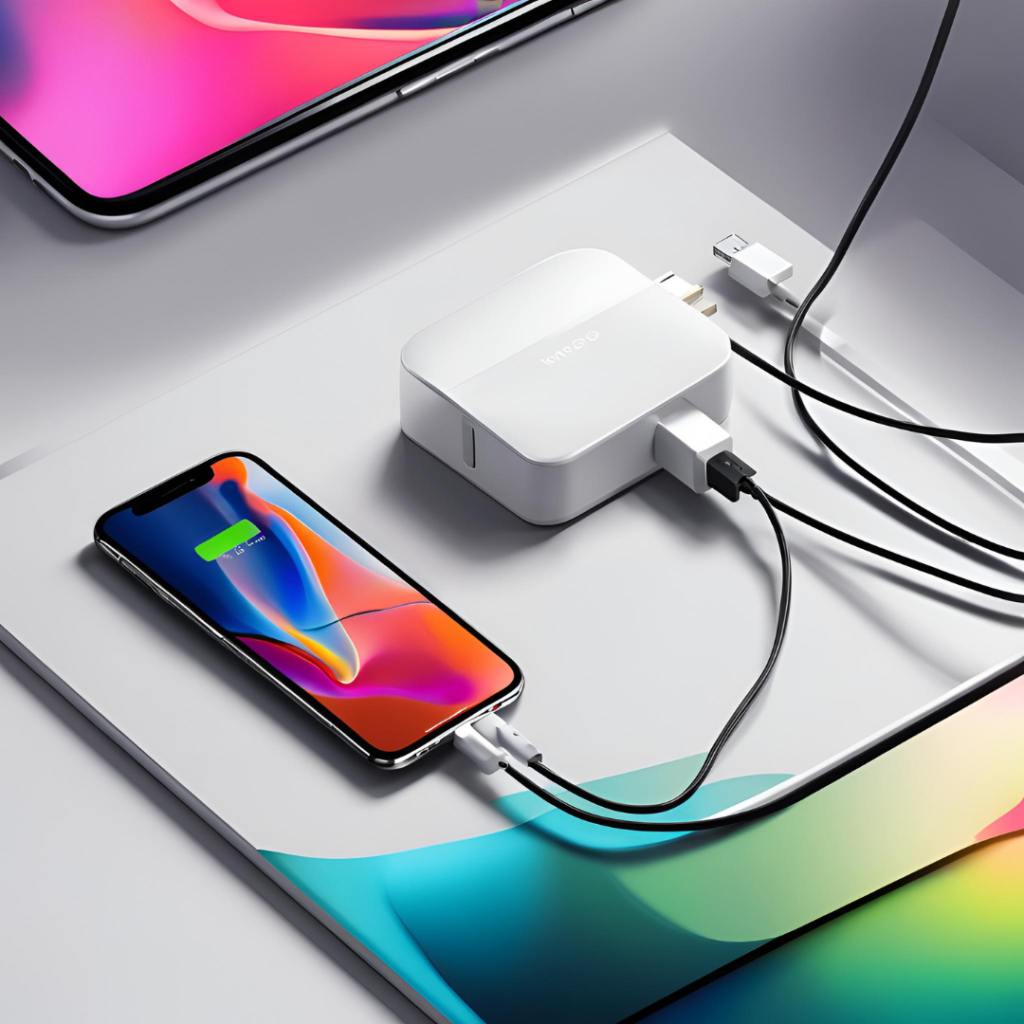
One of the most significant benefits of the latest iPhone cables is their enhanced charging speed. USB-C cables, specifically designed to support fast charging protocols, allow users to charge their devices more quickly compared to older Lightning cables. This feature greatly benefits those with busy lifestyles who need to power up their devices swiftly before heading out.
Charging technology improvements focus on more than just speed; they also prioritize efficiency and safety. Modern cables feature smart chips that actively regulate charging power, prevent overheating, and extend battery lifespan. As a result, users can rapidly charge their devices without compromising safety.
Enhanced Durability
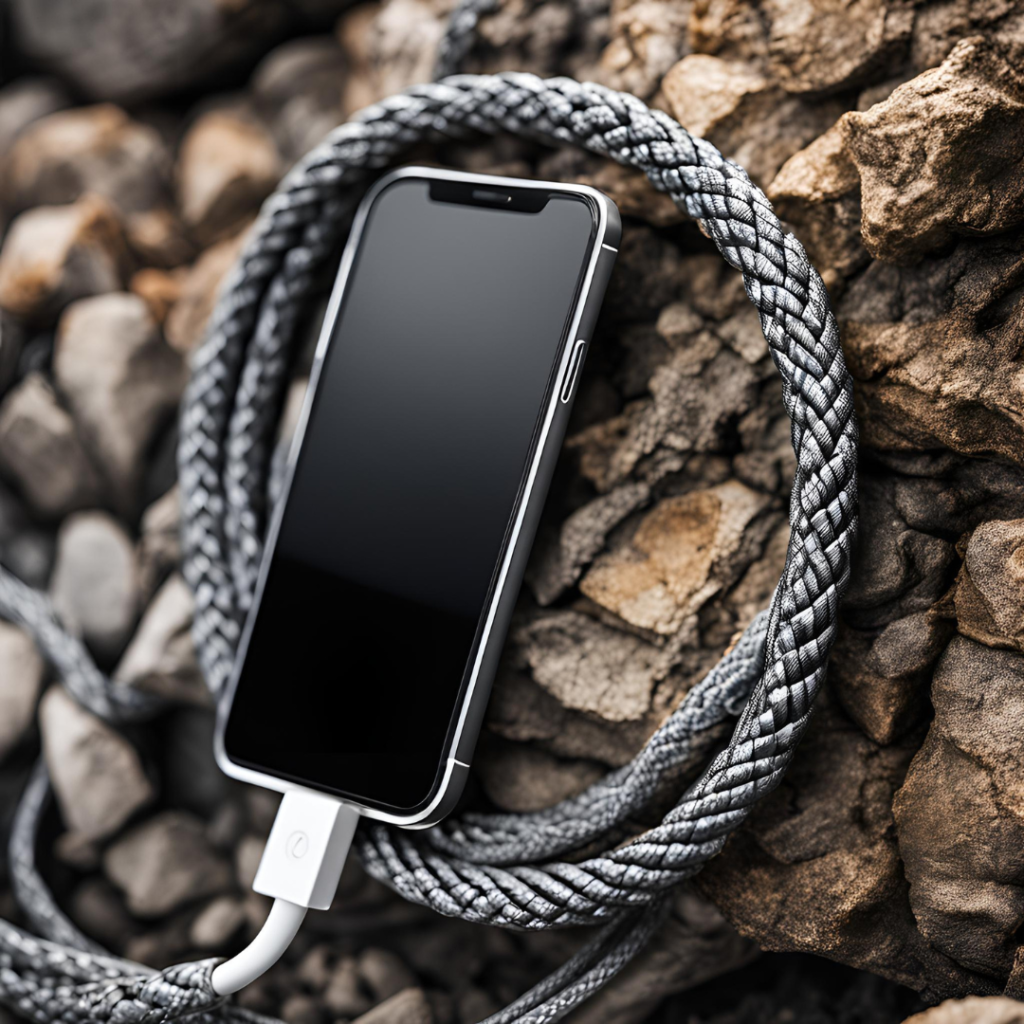
Durability is a crucial factor when it comes to iPhone cables. Older cables often suffered from issues like fraying and breaking, which could be frustrating and costly. However, the latest cables are built with durability in mind. Many new designs feature reinforced connectors and robust materials that withstand everyday wear and tear.
For instance, braided cables are becoming increasingly popular due to their resistance to tangling and breaking. These cables are designed to endure rigorous use, making them ideal for people who frequently connect and disconnect their devices. Enhanced durability not only improves the user experience but also reduces the need for frequent replacements.
Improved Data Transfer Speeds
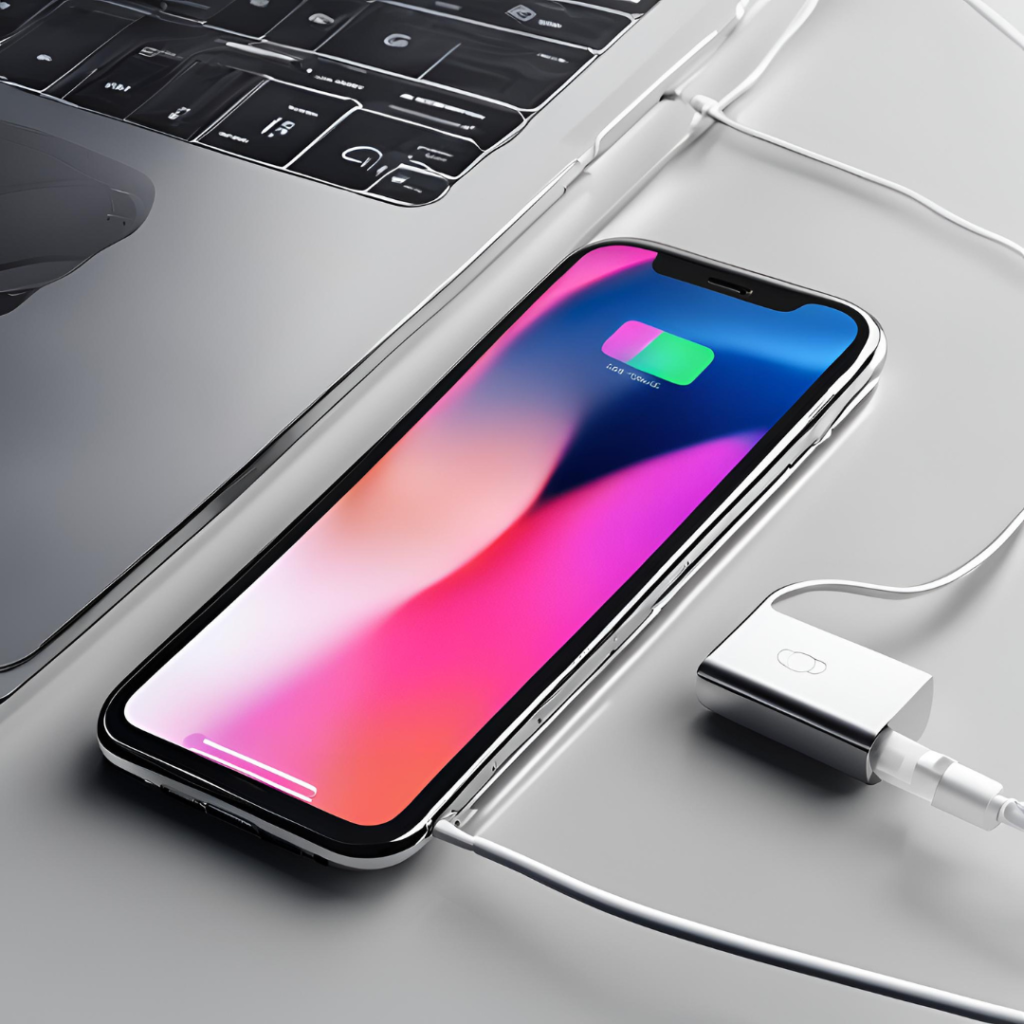
In addition to faster charging, new iPhone cables offer improved data transfer speeds. This is particularly beneficial for users who need to transfer large files, such as high-resolution photos or video recordings, between their devices and computers. USB-C cables, with their higher bandwidth capabilities, make transferring large amounts of data quicker and more efficient.
The improved data transfer speeds also enhance productivity. For professionals who rely on their devices for work, being able to quickly move files between devices can streamline workflows and save valuable time. Whether it’s for business or personal use, faster data transfer contributes to a smoother and more efficient tech experience.
Universal Compatibility
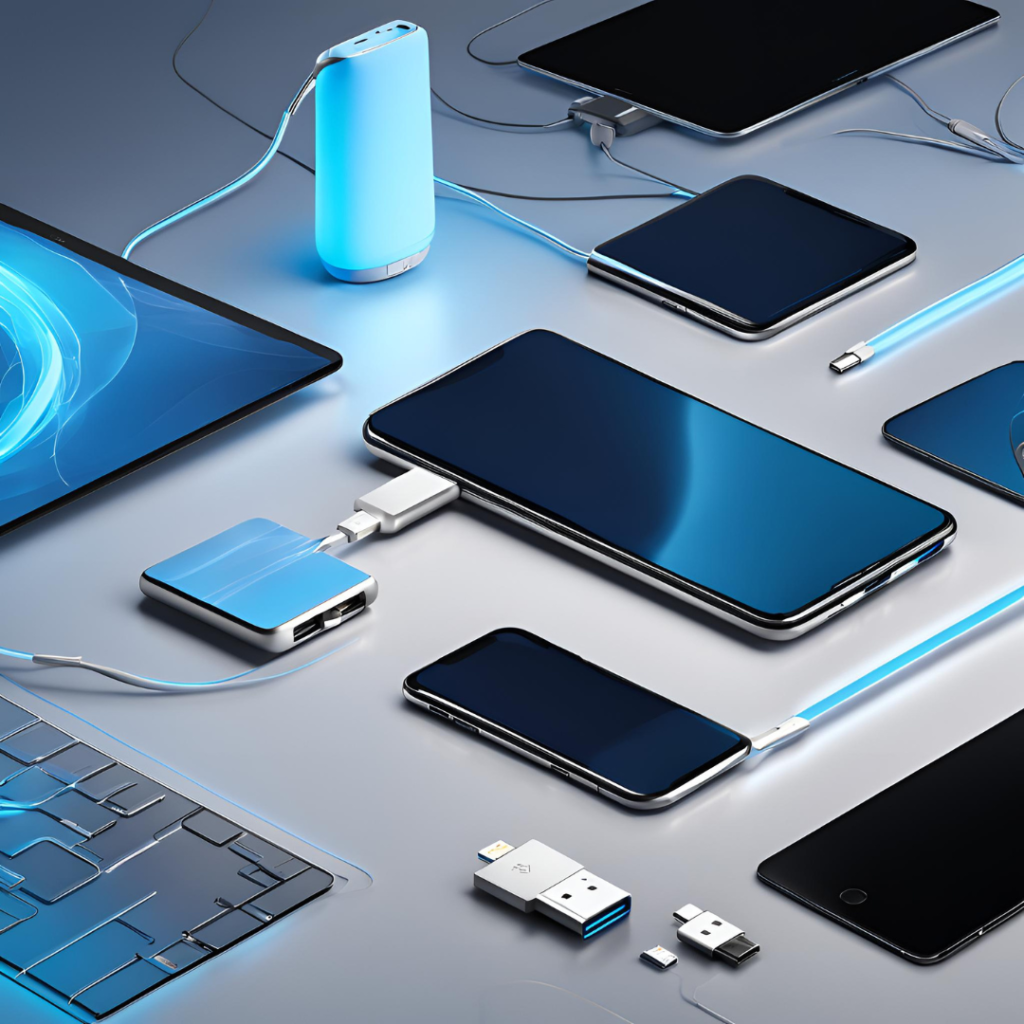
One of the standout features of USB-C cables is their universal compatibility. Unlike proprietary connectors, USB-C is designed to work with a wide range of devices, not just iPhones. This means that users can use a single cable for multiple types of devices, including laptops, tablets, and other electronics.
The benefits of universal compatibility extend beyond convenience. It reduces the clutter of cables and adapters, simplifying users’ tech setups. With fewer cables to manage, users can enjoy a more organized and streamlined workspace. Moreover, the ability to use the same cable across different devices enhances the overall user experience.
Innovative Design Elements
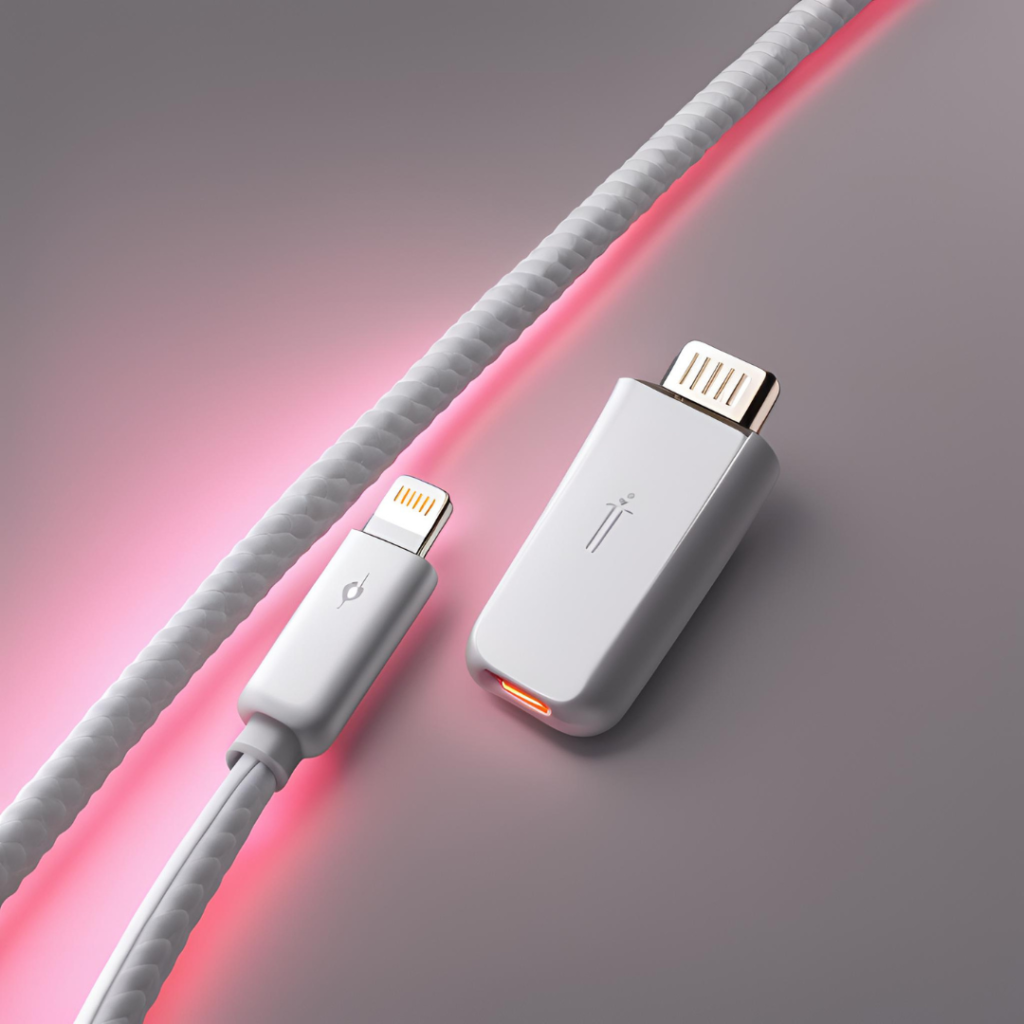
The latest iPhone cables also incorporate various design elements aimed at improving user convenience. For example, some cables feature built-in LED indicators that show the charging status, making it easier for users to see when their devices are fully charged or in the process of charging.
Tangle-free designs are another innovation that enhances convenience. Many new cables are designed to resist tangling, which can be a common annoyance with traditional cables. These features contribute to a more pleasant and hassle-free user experience.
The Impact on User Experience
Increased Efficiency
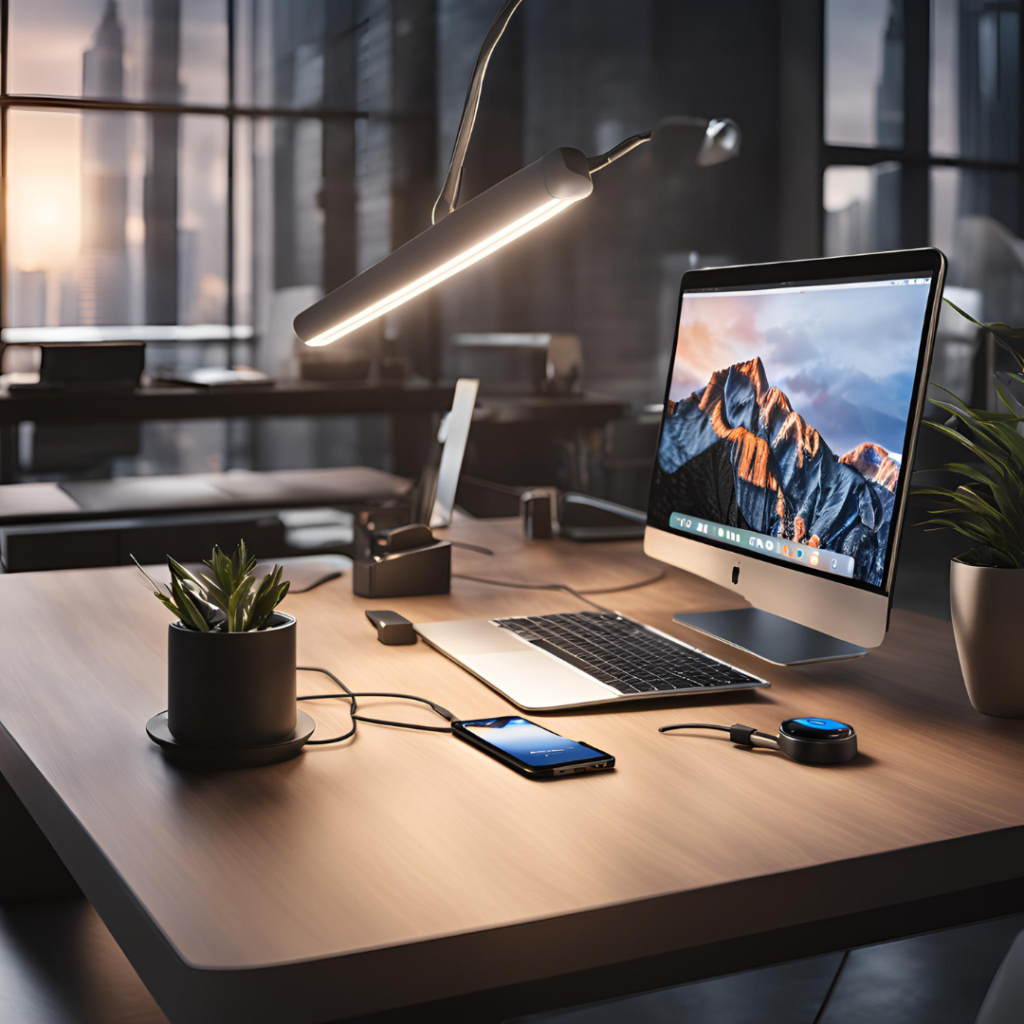
With advancements in charging speed and data transfer rates, users can accomplish tasks more efficiently. Whether it’s quickly charging a device before a meeting or transferring important files for a project, the improved performance of new iPhone cables enhances overall productivity. These efficiency gains are particularly valuable for individuals with busy schedules who need to maximize their time.
Reduced Clutter
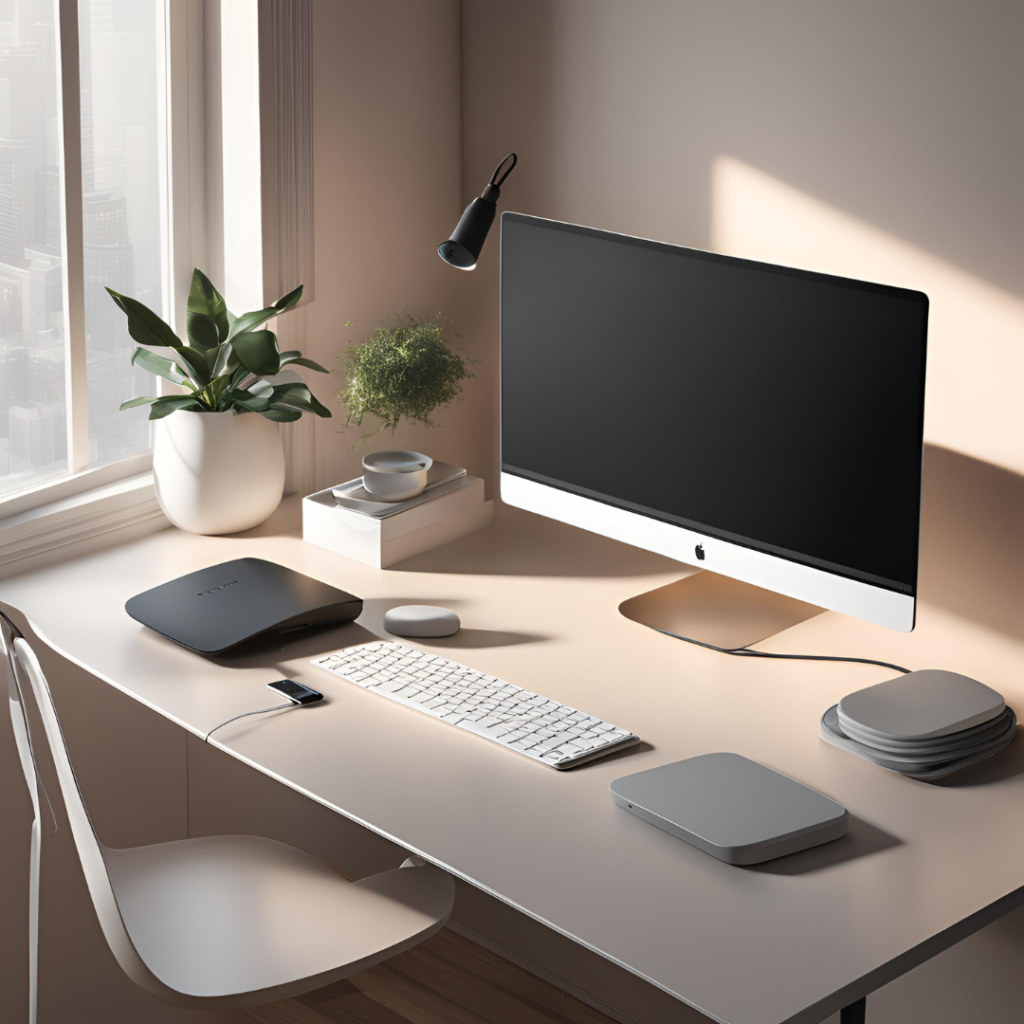
Universal compatibility means fewer cables and adapters cluttering users’ workspaces. Instead of managing multiple cables for different devices, users can rely on a single USB-C cable for various needs. This reduction in cable clutter not only makes for a tidier environment but also simplifies the process of connecting and disconnecting devices.
Enhanced Convenience
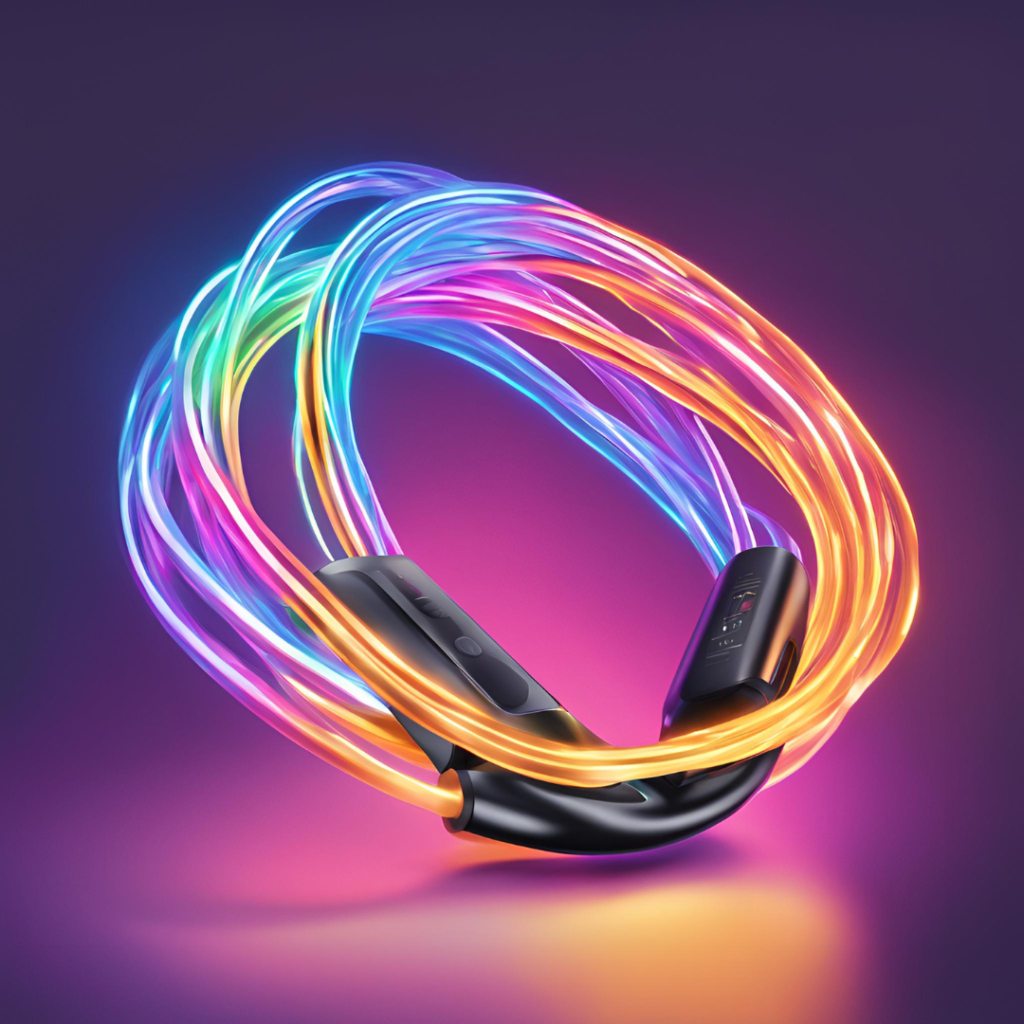
Design features like tangle-free cables and LED indicators add layers of convenience to the user experience. These small but thoughtful innovations make interacting with technology more intuitive and enjoyable. By addressing common pain points associated with cables, manufacturers are making technology more accessible and user-friendly.
Future Trends in iPhone Cable Technology
As technology continues to advance, iPhone cables are likely to see further innovations. Some potential future trends include:
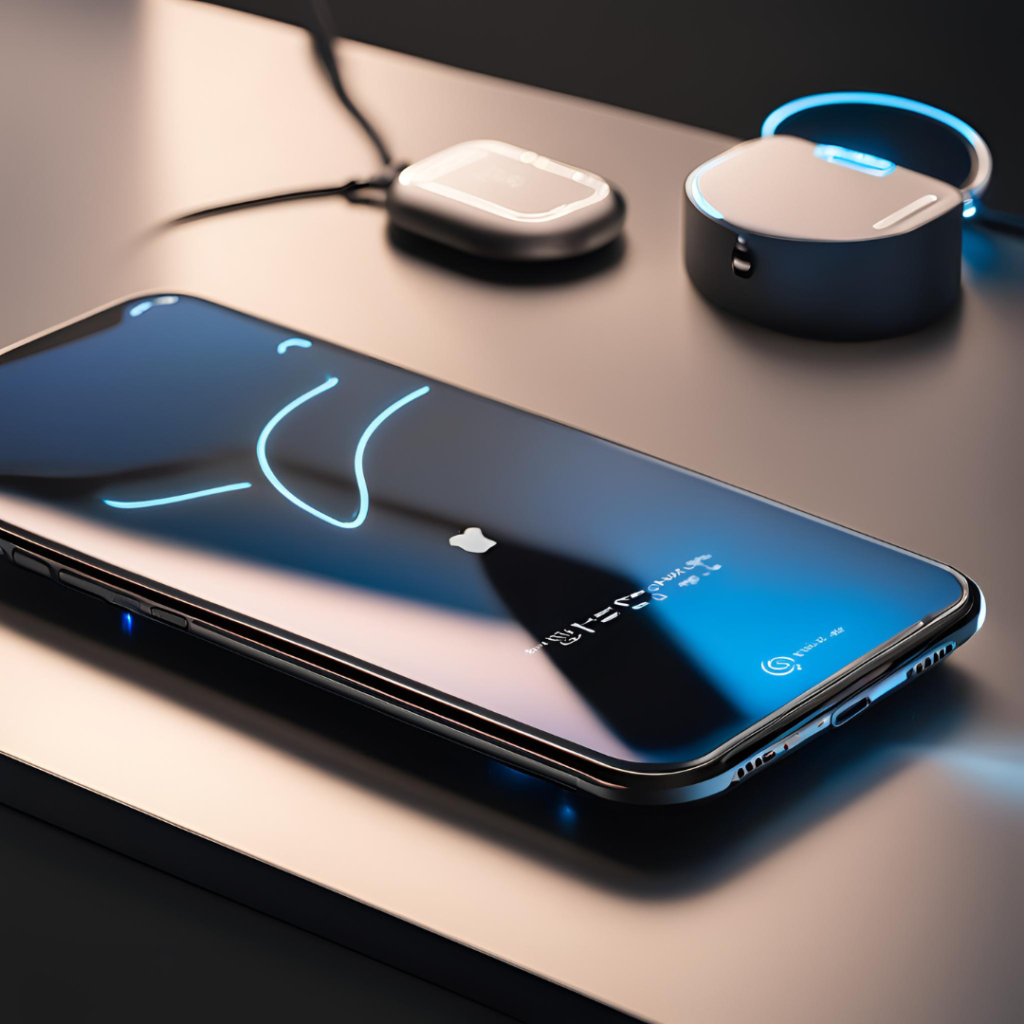
Wireless Charging Advancements:While wired connections remain essential, wireless charging technology is rapidly evolving. Future cables may support more advanced wireless charging protocols, reducing the need for physical connectors altogether. Innovations in wireless charging could lead to faster charging speeds and greater convenience.
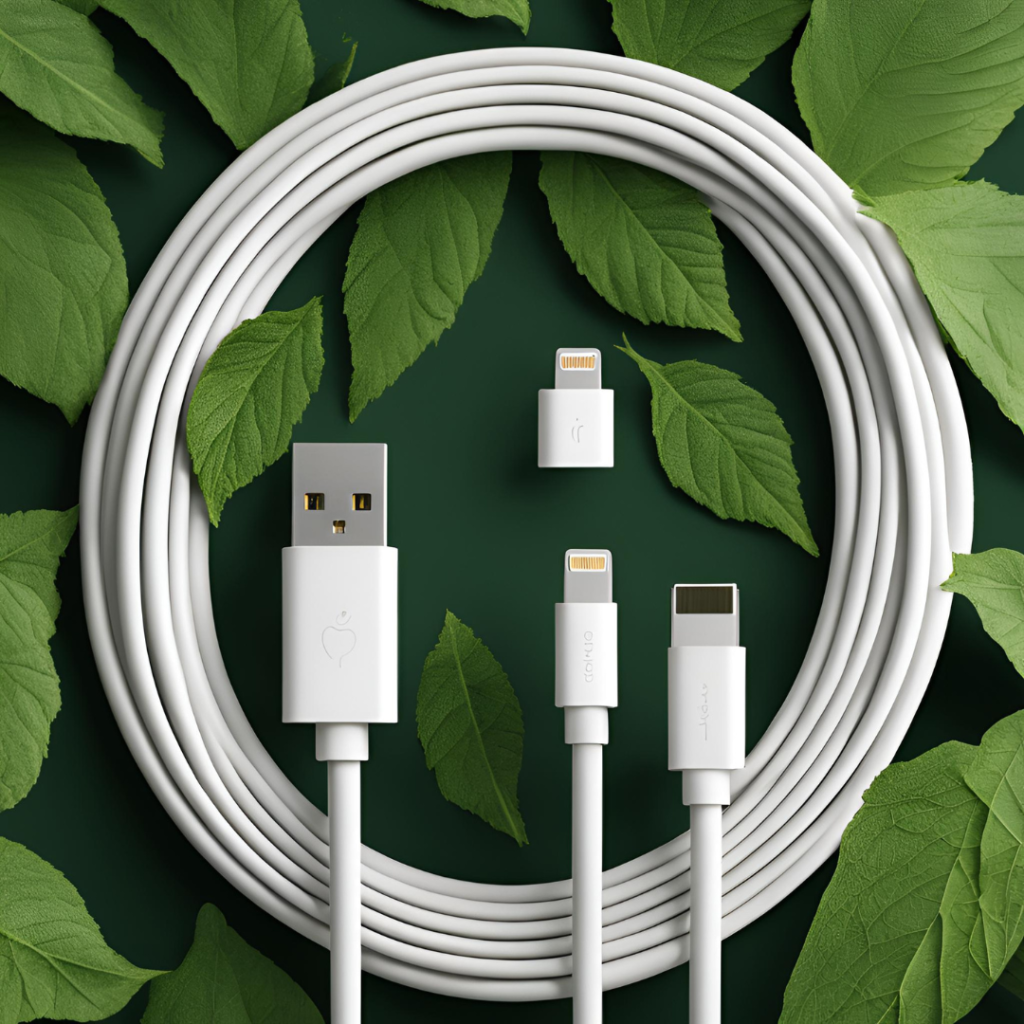
Eco-Friendly Materials:With growing environmental concerns, there is a push towards using sustainable materials in cable production. Future cables may incorporate eco-friendly materials that reduce environmental impact while maintaining high performance and durability.
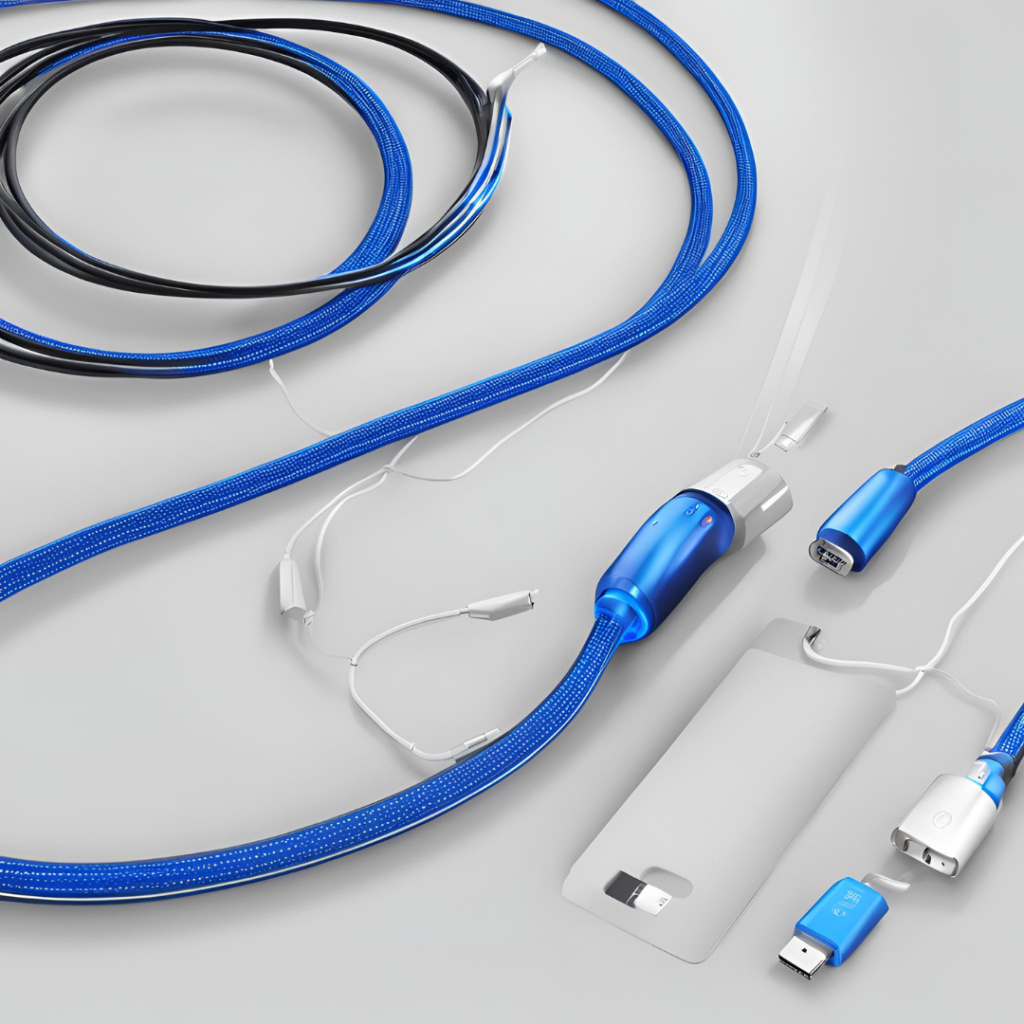
Smart Cables: Future cables could feature smart technology, such as sensors that provide real-time information about cable health or compatibility with various devices. These smart cables could offer insights into usage patterns, potential issues, and ways to optimize performance.
Conclusion
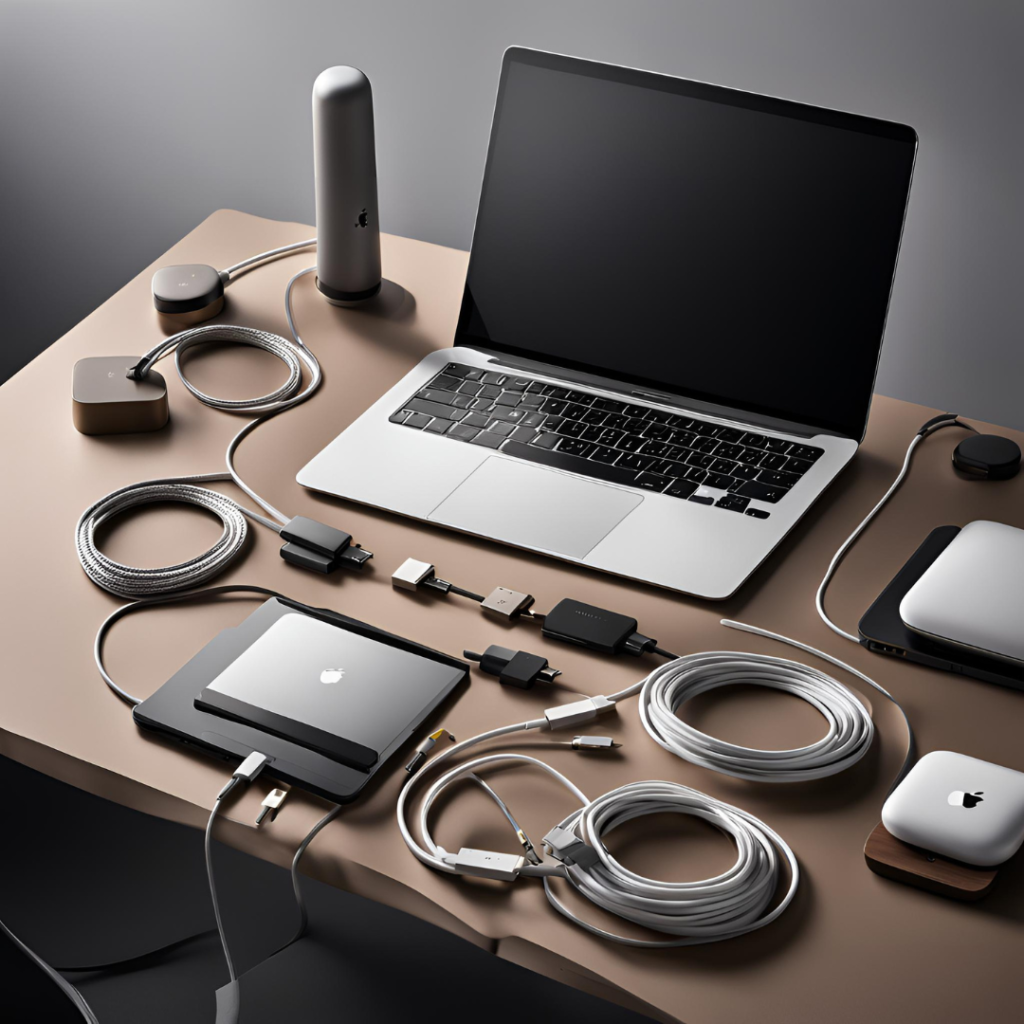
New iPhone cables represent more than just functional accessories—they are a key component in bridging the gap between advanced technology and everyday convenience. By offering faster charging, improved durability, enhanced data transfer speeds, and universal compatibility, these cables are transforming how we interact with our devices. As technology continues to evolve, we can expect even more innovations in cable design, further enhancing our tech experiences and simplifying our lives. Embracing the latest iPhone cables means embracing a future where technology and convenience go hand in hand, making our daily interactions with devices smoother and more efficient.
Read more at official Apple webiste for iPhone Cables,
-Partap Singh





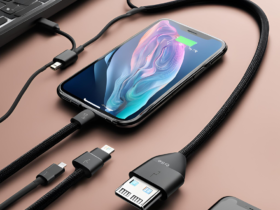



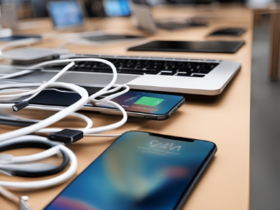
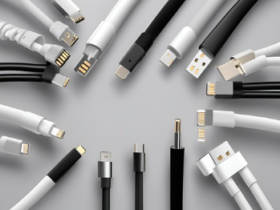
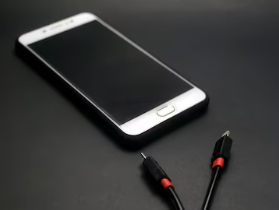
Leave a Reply